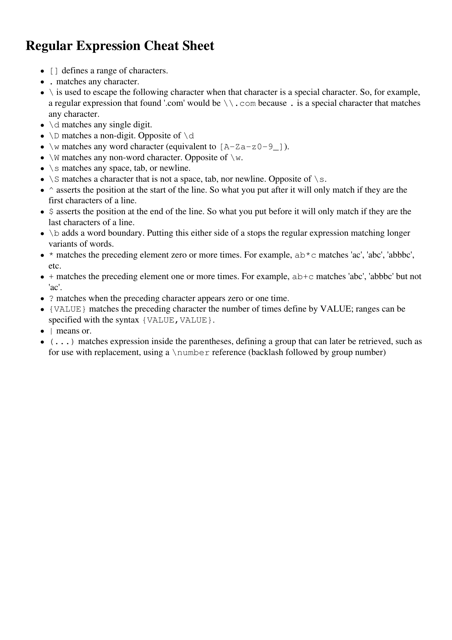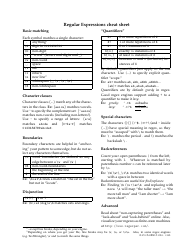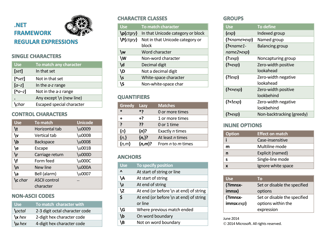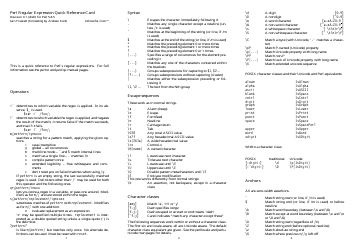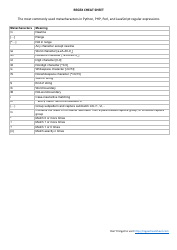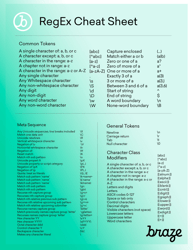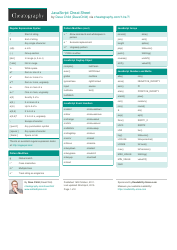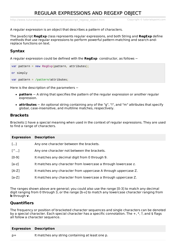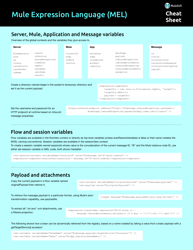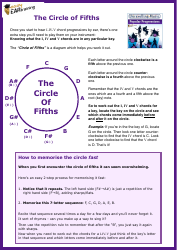Regular Expression Cheat Sheet
A Regular Expression Cheat Sheet is a document that provides a quick reference guide for using regular expressions. It lists the syntax and special characters used in regular expressions, along with the corresponding patterns and meanings. It helps users to create and modify regular expressions for tasks like searching, pattern matching, and data validation.
FAQ
Q: What is a regular expression?
A: A regular expression is a sequence of characters that forms a search pattern.
Q: What can regular expressions be used for?
A: Regular expressions can be used to search, replace, and validate strings in various applications.
Q: How can I use regular expressions?
A: Regular expressions can be used in text editors, programming languages, and command-line tools.
Q: What are some common metacharacters in regular expressions?
A: Some common metacharacters in regular expressions include . (any character), * (zero or more occurrences), and \d (any digit).
Q: What is the purpose of character classes in regular expressions?
A: Character classes allow you to define a set of characters to match, such as [0-9] for any digit.
Q: How can I match the start or end of a string using regular expressions?
A: You can use ^ to match the start of a string and $ to match the end of a string in regular expressions.
Q: Are regular expressions case-sensitive?
A: It depends on the implementation. Some regular expression engines have an option for case-insensitive matching.
Q: Is there a difference between greedy and lazy quantifiers in regular expressions?
A: Yes, greedy quantifiers match as much as possible, while lazy quantifiers match as little as possible.
Q: Can I use regular expressions to extract specific parts of a string?
A: Yes, you can use capturing groups in regular expressions to extract specific parts of a string.
